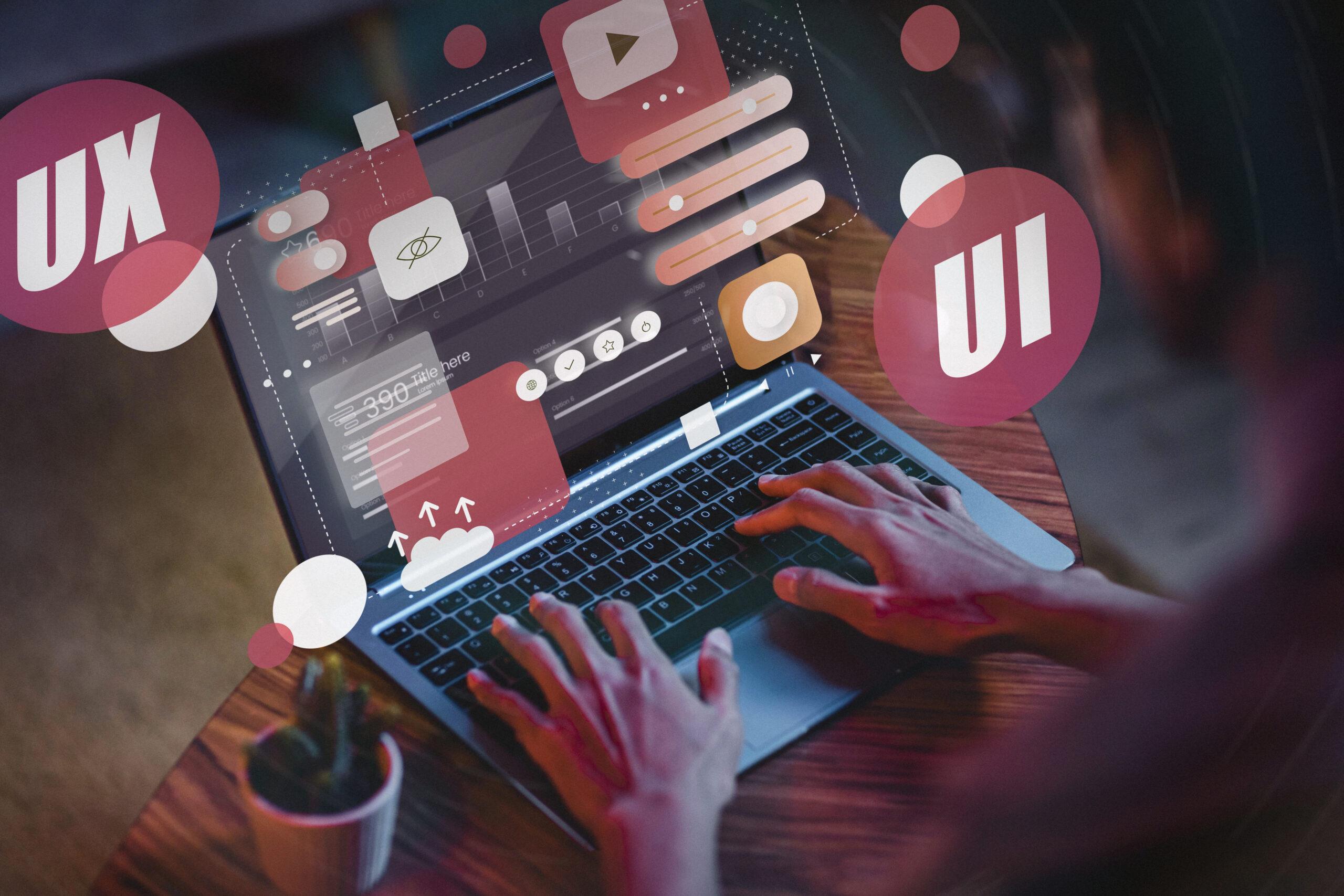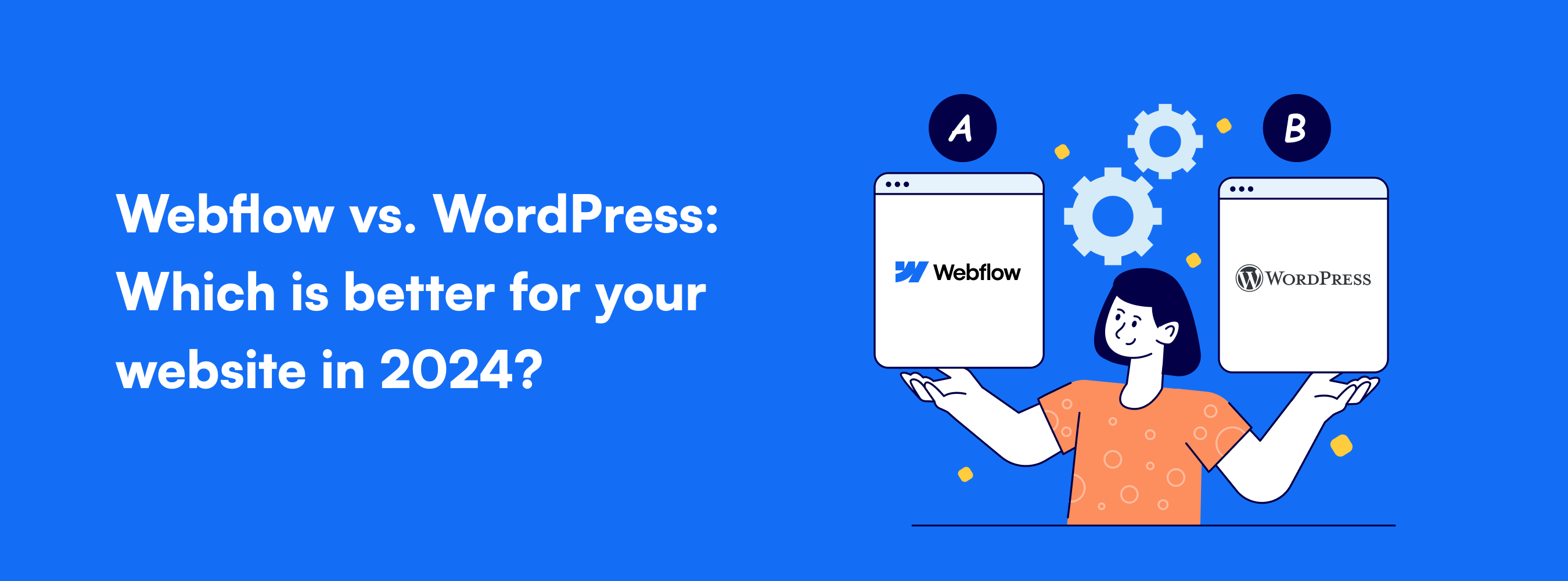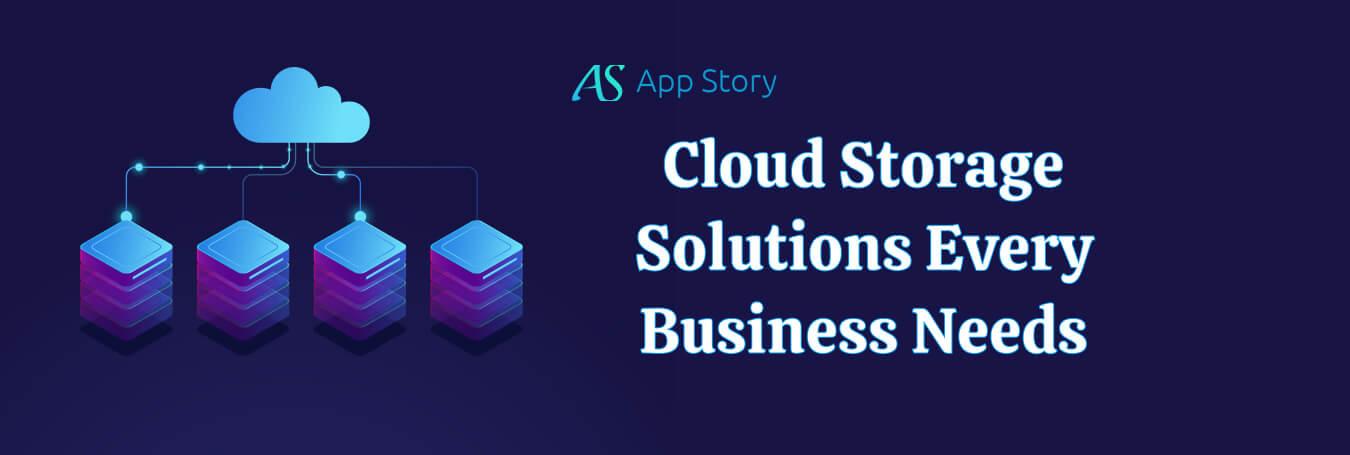If you have a retail store, you may be interested in implementing indoor positioning software. This technology allows you to send push notifications to people inside the store or those who are just passing by. In addition, you can target advertisements to people based on their proximity to the store. In this way, you can ensure that you reach people who are likely to buy items. In this article, we’ll cover some of the benefits of using an indoor positioning software app for retail stores.
What Is Indoor Positioning & Navigation App?
Whether you are in a shopping mall, an office building, or a warehouse, an indoor positioning & navigation app can guide you in the right direction. With its unique set of features, the app will display your exact location on a map. It will also prompt you to enter different locations and provide you with the shortest route to reach your destination. It is easy to find where you want to go and you will never get lost.
What makes an indoor positioning & navigation app beneficial for businesses? Aside from providing convenience to users, it can also help businesses collect valuable data on their visitors. Businesses can use the app to find out how many people visited a store, how long they spent in a given location, and which places they liked the most. These apps are gaining traction as technology advances. If you’re looking to create an indoor positioning & navigation app, read on to discover some of the latest features.
How These Indoor Navigation Apps Are Useful?
How These Indoor Navigation Apps Are Useful For Retail Stores? This article will show how these apps work for retailers. Retail stores use them to make the experience more seamless for customers and increase their profits. To make it easier for customers, these apps provide location tracking, asset tracking, and more. Additionally, these apps record visitor interactions and can be used later to improve the shopping experience. Lastly, these apps send notifications to shoppers, which is very useful in case of a mishap.
Using these indoor navigation apps can give customers detailed directions to a particular store location, and can also help keep track of inventory and assets. With wayfinding beacons and Bluetooth indoor navigation, you can even track your personnel. However, these technologies are not as accurate as traditional maps and aren’t yet as practical as they could be. To maximize their benefits, retailers must have extensive experience in building indoor navigation apps.
Advantages Of Indoor Navigation Software Application
The advantages of an indoor navigation software app can be seen in several ways. Many large buildings, like office complexes and warehouses, use indoor navigation systems to help customers navigate the complex. Moreover, the virtualization feature allows companies to monitor the number of people entering a complex. These features are not only helpful for customers, but they can also help businesses develop and execute marketing strategies. With these features, indoor navigation systems can make life much easier for employees and customers.
One of the biggest benefits of indoor navigation is its compatibility with different platforms. Indoor navigation systems use a range of sensor technologies, including radio signals, modulated infrared lights, and the perturbations of Earth’s magnetic fields.
This compatibility also makes it possible for users to switch between service providers whenever they want, allowing them to continue with their activities despite bad weather or a malfunctioning signal. Another advantage of indoor navigation software is that it adapts to local conditions and provides users with accurate real-time directions.
Top Indoor Navigation Mobile Apps
In a world where competition is fierce, retail businesses need every advantage to stay ahead of the competition. To win back the attention of consumers, they must provide an outstanding customer experience. With a poor service experience, they are not retaining existing customers. However, with indoor navigation mobile apps, retailers can increase customer retention and maximize profits. Here are some benefits of these apps. This article will explore some of these benefits and help you choose an indoor navigation app for your retail store.
Indoor navigation apps help users locate their location within large commercial facilities. They help you find the nearest exit or the fastest route to your desired location. With a virtualization feature, you can monitor the number of visitors in your complex. This feature allows you to develop advertising strategies for your business. It also gives you real-time data and keeps you informed. The advantages of indoor navigation apps are numerous, and you should check out the latest releases in the market.
Indoor Navigation Apps Benefit for Businesses?
Why are Indoor Navigation Apps Benefit for Businesses and Consumers? One way these apps benefit businesses is by helping to track visitor data. They can track how long a visitor stays in a particular place, as well as which of their favorite places they frequent the most. These apps can also send notifications to frequent visitors, flagging discounts or pop-up notifications. Using an app to help your customers find your establishment is a smart way to increase your revenue.
Another benefit is that it can be used in large buildings. Indoor navigation apps work like GPS systems, but they can track people inside a building or shop. Wayfinding beacons can even detect where a person is inside a building so that they can be able to find that specific location easily. Unlike traditional maps, these apps can also track assets and personnel. They can be used in office spaces, parking lots, theme parks, and museums.
How Do These Indoor Navigation Apps Work?
If you find it hard to navigate large complexes and large buildings, indoor navigation apps may be a solution. These applications allow you to navigate through different indoor environments and identify the shortest routes. They can also flag discounts or send notifications to frequent visitors. They can even help you find your way around a specific location. The next time you’re stuck, you can download an app for indoor navigation. Here’s how they work.
Indoor positioning applications work just like GPS or outdoor navigation systems. They locate people, objects, and shops in different locations. They leverage advanced features to provide precise location and navigational information. These applications are becoming increasingly popular in a wide range of domains. They make it easier to find a parking spot or a community center. And, thanks to their location-awareness, indoor positioning software can send messages to notify users of hazards or other information.
For a museum or conference, an indoor navigation system can improve the experience. Attendees can easily navigate large convention centers with the help of an indoor navigation system. Students can save time during lectures and avoid rushing around. All they need to do is input their location and press a button to start navigating. They can customize the route and navigation view using customizable themes. Then, they’re ready to go.
Technologies Used For Indoor Navigation Apps?
The growing number of indoor navigation apps is driving the market in Europe. The UK is the largest market for indoor positioning, with a share of 21%. The functionality and features of internal navigation applications are quite complex. The primary function of the positioning feature is to determine the user’s position using multiple computing protocols and positioning patterns. Using infrared lights to determine the location requires a clean line of sight and the precise calculation of location.
Another feature of an indoor navigation application is the ability to track people in large complexes. For example, an indoor navigation system can prompt customers to find their current location and then direct them to that location using the shortest route. This app is made easier to use with voice control integration. It can use voice commands to look up a specific location within a complex or huge building. Other technologies can be integrated to enhance navigation in an indoor environment, including virtual reality technologies that render 3D maps.






 United States
United States United Kingdom
United Kingdom India
India Canada
Canada Singapore
Singapore




































Add comment